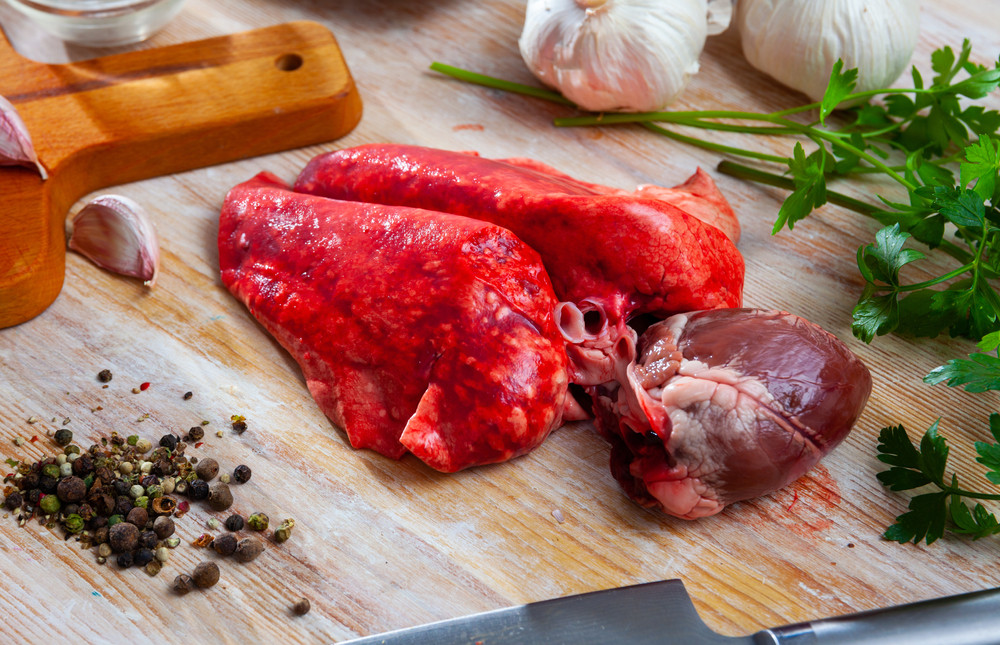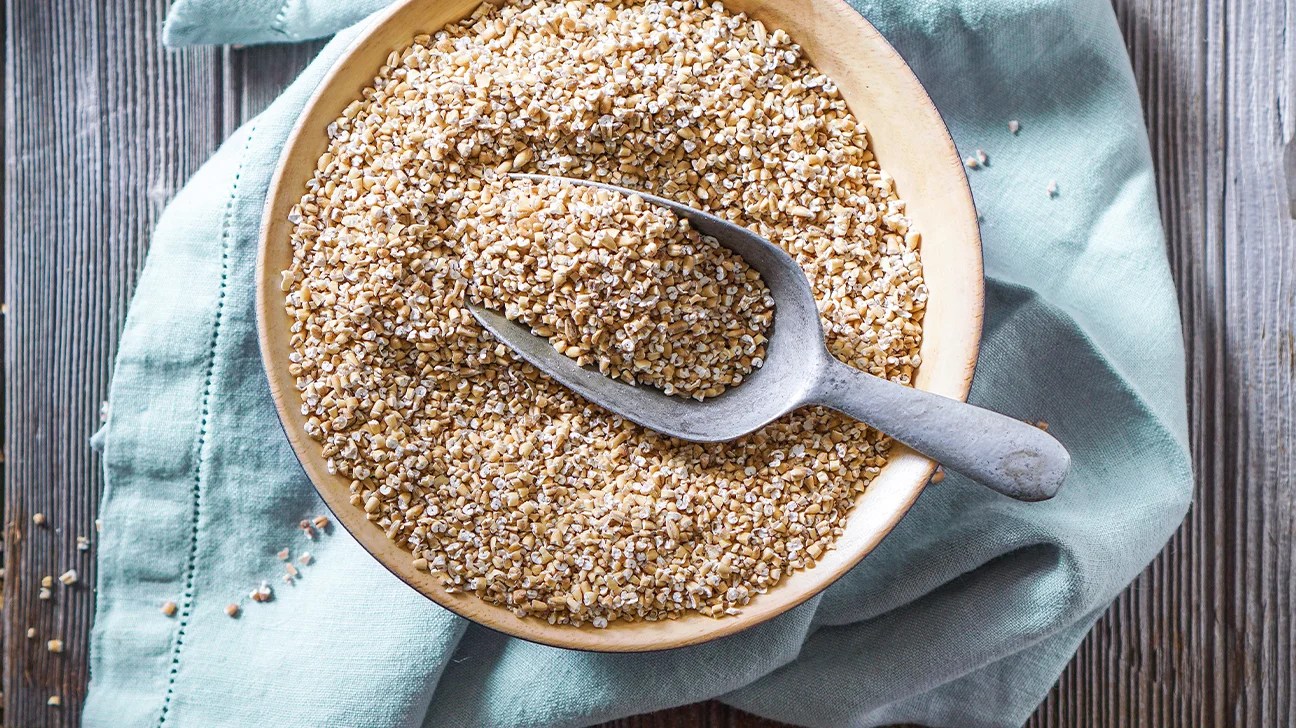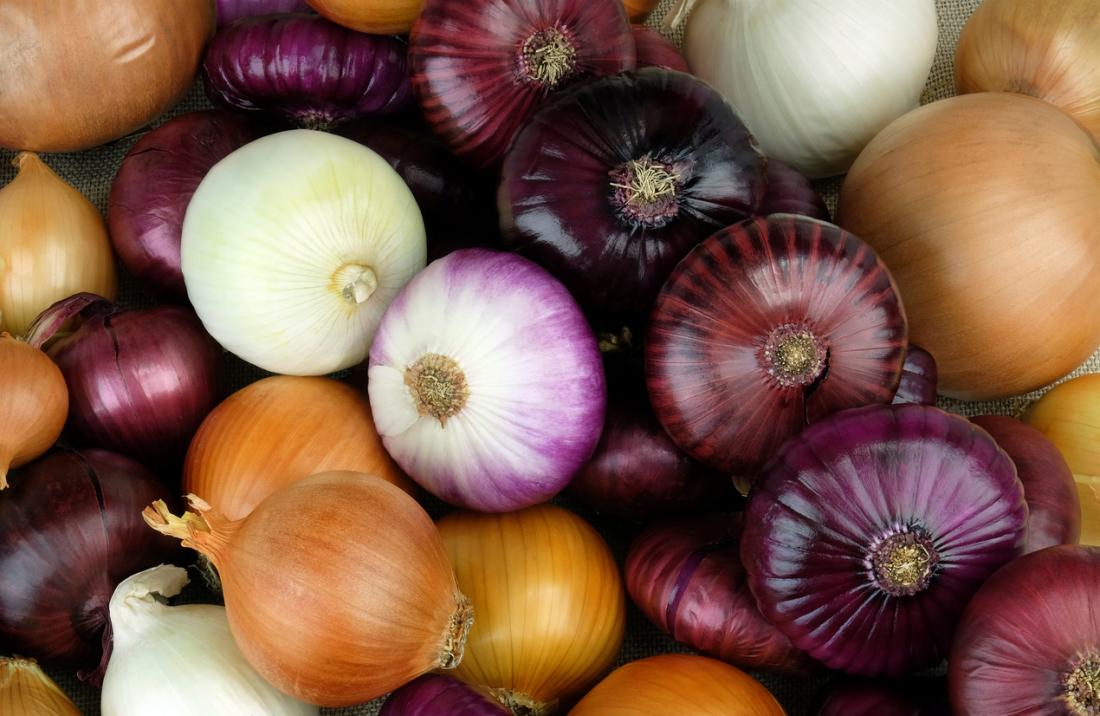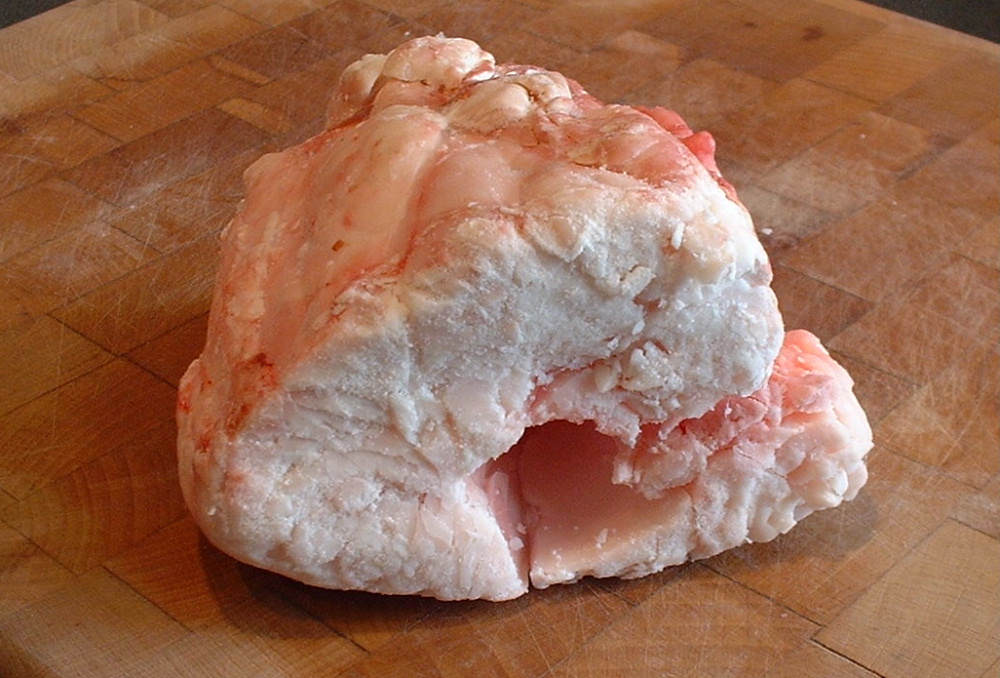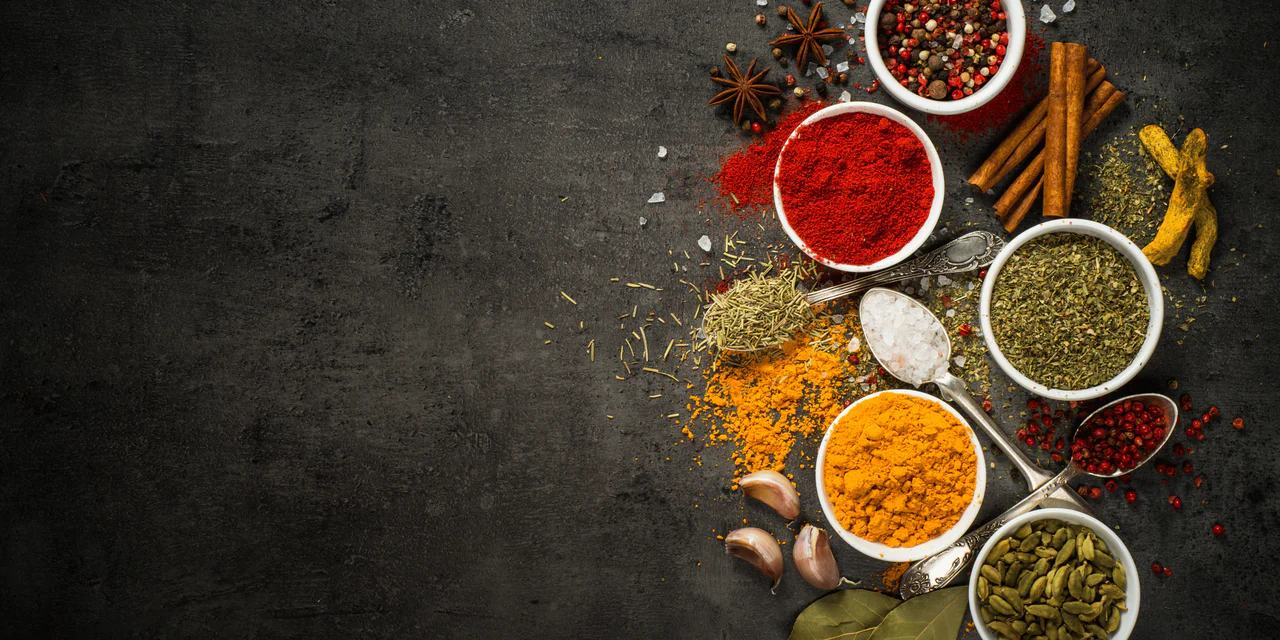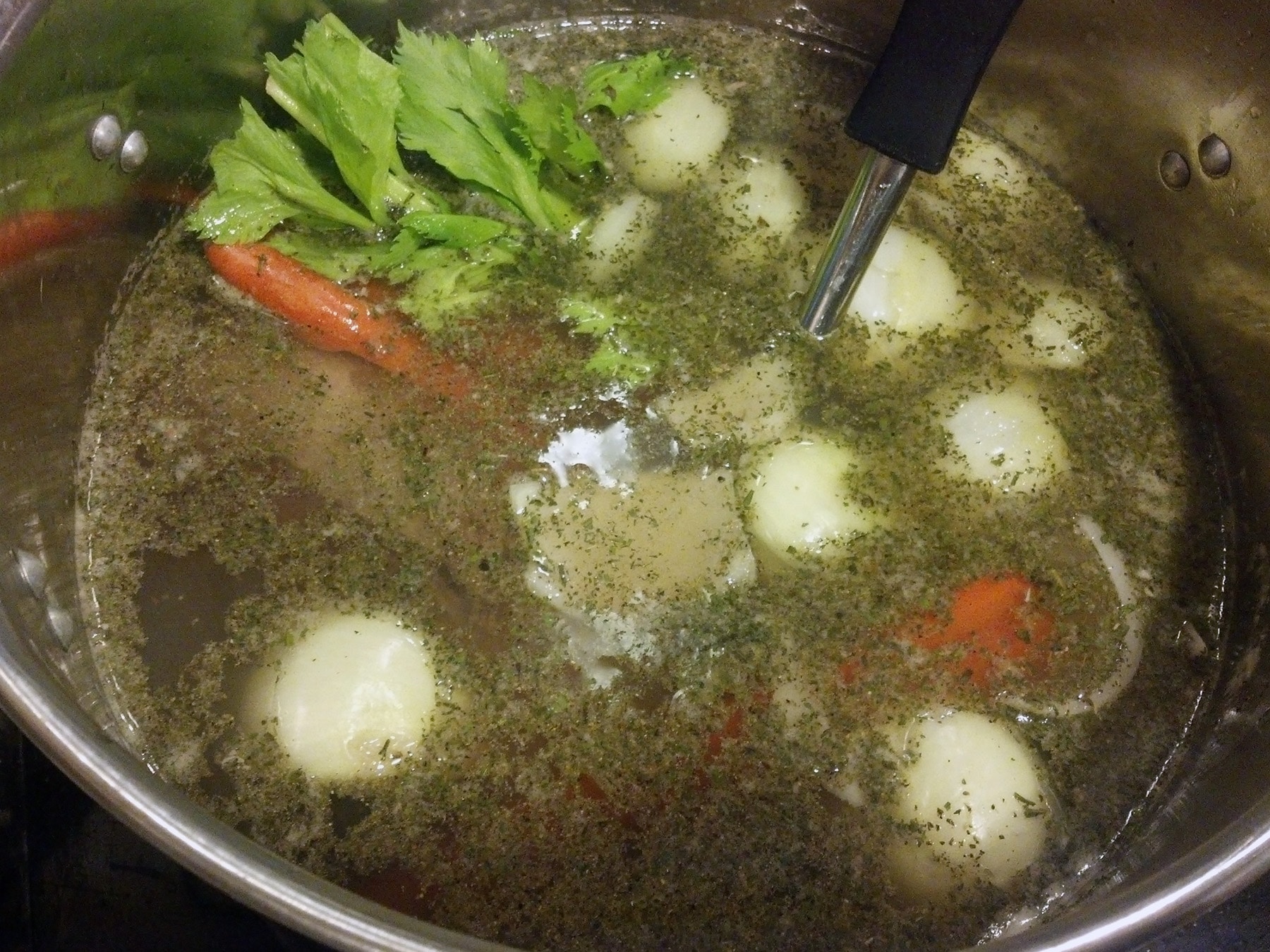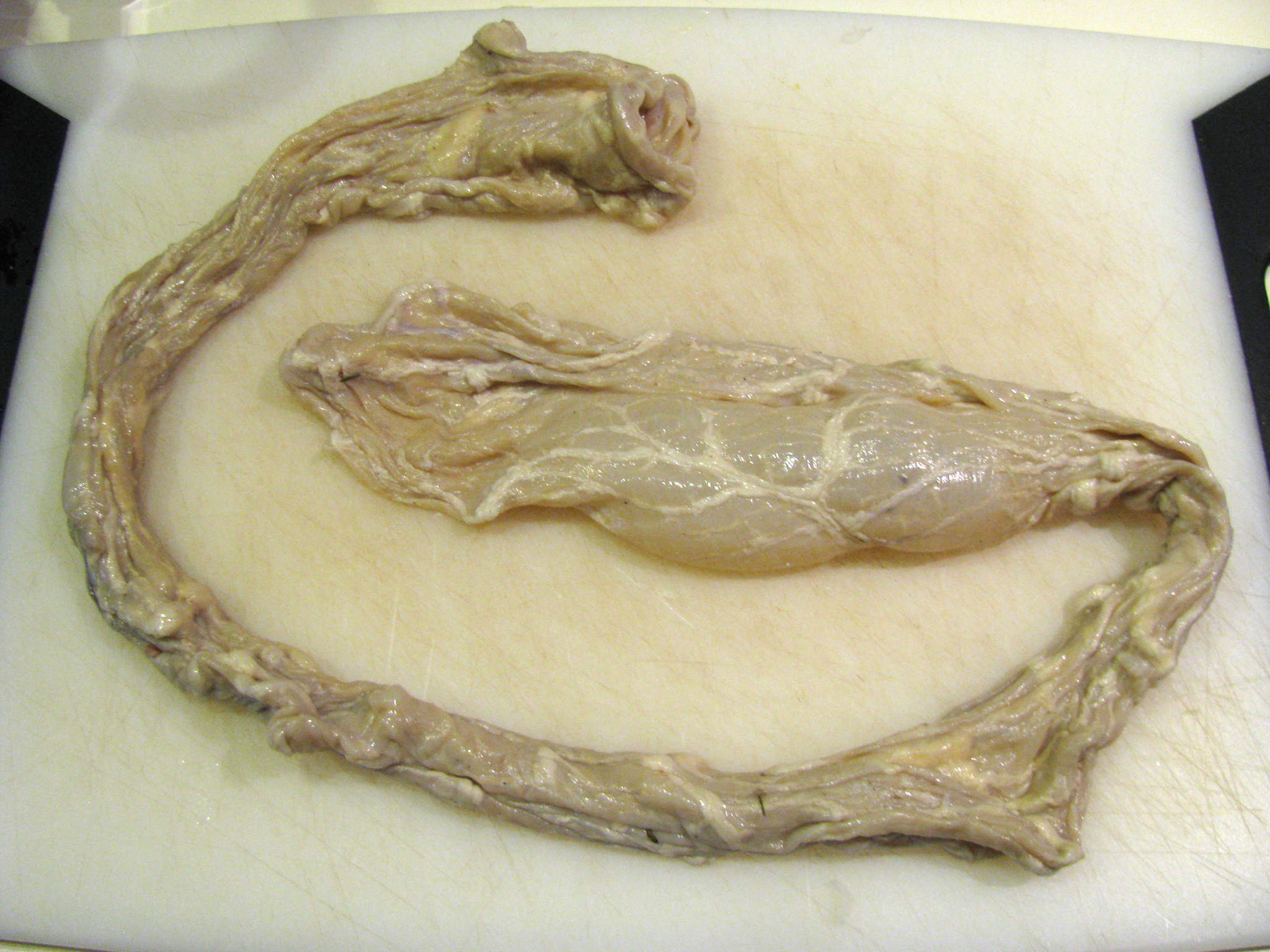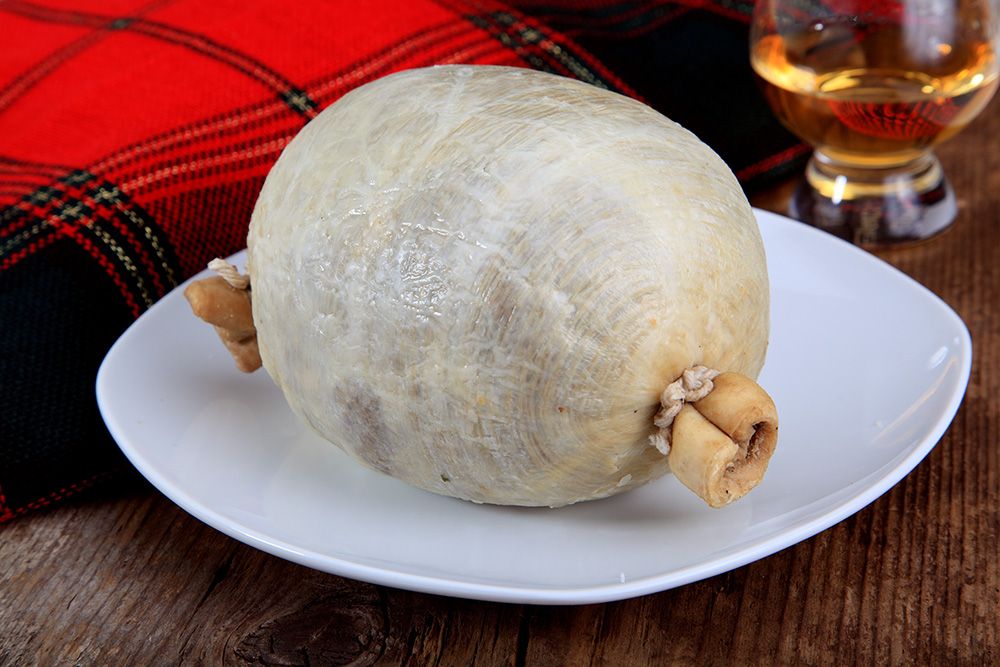Haggis Ingredients | Scotland's Iconic Dish
For decades, haggis has been a source of culinary curiosity and, for many, a meal to be approached with a bit of apprehension. Its reputation for being a rustic, high-fat dish has long overshadowed its true nature.
Author:Callum FraserSep 10, 202554 Shares13.5K Views
Haggis is a famous and important dish in Scotland. It's known for its rich flavors and is a big part of Scottish culture. It's more than just food; it's a way to celebrate Scotland's history.
Haggis is often served on Burns Nightto honor the poet Robert Burns. The dish shows how resourceful and proud of their local food the Scottish people are. If you want to make this well-known dish or try real Scottish food, this guide is for you.
The ingredients might seem strange, but each one adds to the flavor, making haggis a delicious and filling meal. With a little patience, you will have a dish that brings to life the bold flavors and history of Scotland.
The History And Significance Of Haggis
Haggis holds a special place in Scottish culture and cuisine. Historically, it was a practical dish, utilizing all parts of an animal to minimize waste. This nose-to-tail approach is a hallmark of many traditional recipes worldwide, but haggis has become particularly emblematic of Scotland.
It is famously celebrated during Burns Night, an event honoring the poet Robert Burns, who immortalized haggis in his poem "Address to a Haggis." The origins of haggis are somewhat murky, with some suggesting it may have roots in ancient Roman or Greek cuisine.
It is in Scotland that haggis has found its most enthusiastic following and cultural significance. Understanding the ingredients of haggis provides insight into the culinary traditions and resourcefulness of Scottish cooks throughout history.
Key Ingredients Of Traditional Haggis
Sheep's Pluck (Heart, Liver, And Lungs)
One of the defining characteristics of haggis is its use of sheep's pluck, which includes the heart, liver, and lungs. These offal components are minced finely and contribute to the rich, earthy flavor of the dish. The heart adds a robust, meaty taste, while the liver offers a slightly metallic, deep flavor. The lungs contribute to the dish's texture and unique taste profile.
Coarse Ground Oatmeal
Oatmeal is another essential ingredient in haggis. It serves as a binding agent and provides a slightly nutty flavor that complements the meat. The oatmeal also absorbs the fat and juices released during cooking, ensuring the haggis remains moist and flavorful. Traditionally, coarse-ground oatmeal is used, adding a distinct texture to the dish.
Onions
Onions are used to add sweetness and depth to haggis. Finely chopped onions are mixed with the other ingredients, and they caramelize slightly during the cooking process, enhancing the overall flavor. The onions help balance the richness of the offal and add a subtle, aromatic quality to the dish.
Suet Or Fat
Suet, or hard fat from around the kidneys, is another key ingredient in haggis. It adds richness and moisture, ensuring the final product is not dry. Suet melts during cooking, infusing the haggis with a savory flavor. If suet is unavailable, other types of fat, such as beef or lamb fat, can be used as substitutes.
Spices And Seasonings
A variety of spices and seasonings are used to enhance the flavor of haggis. The most common spices include black pepper, white pepper, and allspice. Salt is also added to season the mixture. These spices provide a warming, slightly spicy note that complements the meat and oatmeal. Some recipes may also include nutmeg or coriander for additional depth.
Stock Or Broth
Stock or broth is added to the haggis mixture to ensure it remains moist and flavorful during cooking. Typically, a rich beef or lamb stock is used, but chicken stock can also be a good alternative. The stock helps to bind the ingredients together and enhances the savory flavor of the dish.
The Casing
Traditionally, haggis is cooked in a sheep's stomach, which serves as a casing. The stomach is thoroughly cleaned and used to encase the mixture of meat, oatmeal, onions, and spices. Once filled, the stomach is sewn or tied closed and then boiled. Today, many people use artificial casings or even bake the haggis in a loaf tin, but the traditional method remains popular for its authenticity.
Optional Ingredients And Swaps
If you can't find certain ingredients, you have other options.
- You can use beef liver instead of sheep liver.
- Ground oats can be used if you don't have whole oatmeal.
- Instead of a sheep's stomach, you can use sausage casings or even foil to hold the haggis mixture.
Preparing Traditional Haggis
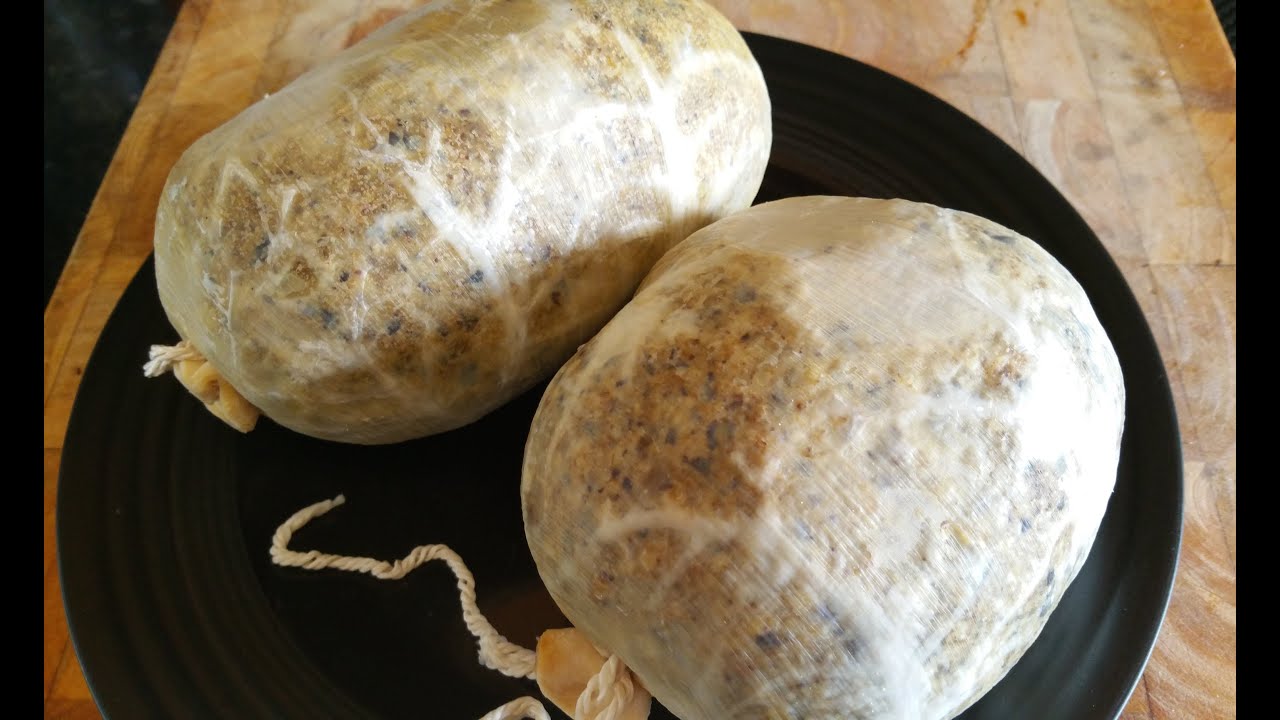
How To Make Haggis. TheScottReaProject
The preparation of traditional haggis involves several steps, each crucial for achieving the dish's unique flavor and texture. Here's an overview of the process:
- Preparing the Offal:The heart, liver, and lungs are cleaned thoroughly and then boiled until tender. Once cooked, they are minced finely. This step is essential for ensuring the offal is safe to eat and has the desired texture.
- Mixing the Ingredients:The minced offal is combined with finely chopped onions, oatmeal, suet, and spices. The mixture is then moistened with stock or broth. It's important to mix the ingredients thoroughly to ensure even distribution of flavors.
- Stuffing the Casing:The prepared mixture is stuffed into the cleaned sheep's stomach or an alternative casing. The casing should be filled about two-thirds full to allow for expansion during cooking. Once filled, the casing is sewn or tied closed.
- Cooking the Haggis:The stuffed casing is placed in a pot of boiling water and simmered for several hours. It's important to prick the casing with a needle to prevent it from bursting during cooking. The haggis is done when it is firm to the touch and has a rich, savory aroma.
- Serving the Haggis:Once cooked, the haggis is allowed to rest for a few minutes before being sliced open and served. It is traditionally accompanied by "neeps and tatties" (mashed turnips and potatoes) and a dram of whisky.
Modern Variations Of Haggis
While traditional haggis remains a favorite, modern variations have emerged to cater to different tastes and dietary preferences. For those taking part in Scotland culinary tours, sampling haggis in its diverse forms offers a unique insight into both traditional and contemporary Scottish cuisine. Here are a few popular adaptations
Vegetarian Haggis
Vegetarian haggis replaces the meat with a combination of legumes, vegetables, and nuts. Common ingredients include lentils, kidney beans, carrots, mushrooms, and nuts such as cashews or walnuts. The spices and oatmeal remain the same, ensuring the dish retains its characteristic flavor and texture.
Vegan Haggis
Vegan haggis takes the vegetarian version a step further by eliminating all animal products. It often uses ingredients like lentils, oats, onions, carrots, mushrooms, and a mix of seeds and nuts. Vegetable stock replaces the meat-based broth, making the dish suitable for vegans.
Gourmet Haggis
Some chefs have experimented with gourmet versions of haggis, incorporating high-quality ingredients and innovative techniques. These versions might use premium cuts of meat, such as venison or beef, and include additional ingredients like dried fruits, herbs, or exotic spices. Gourmet haggis aims to elevate the traditional dish while maintaining its essence.
Gluten-Free Haggis
For those with gluten sensitivities, gluten-free haggis is a great option. It replaces the traditional oatmeal with gluten-free oats or other grains like quinoa or rice. This adaptation ensures that everyone can enjoy haggis without compromising their dietary needs.
Pairing Haggis With Sides And Drinks
Haggis is traditionally served with "neeps and tatties," which are mashed turnips (or swedes) and potatoes. This classic accompaniment provides a balance of flavors and textures, complementing the rich, savory taste of the haggis. The earthy sweetness of the turnips and the creamy potatoes create a harmonious contrast.
When it comes to drinks, whisky is the traditional choice. A good single malt Scotch whiskyenhances the flavors of the haggis and adds to the overall dining experience. For those who prefer non-alcoholic options, a robust ginger beer or a rich, malty soda can be excellent alternatives.
Cooking Tips For Perfect Haggis
Achieving the perfect haggis requires attention to detail and a few key tips:
Quality Ingredients
Use the freshest and highest-quality ingredients you can find. Fresh offal, good-quality oatmeal, and fresh onions make a significant difference in the final product.
Proper Seasoning
Don't be afraid to season the mixture well. The spices are crucial for achieving the traditional flavor profile, so ensure you use them generously but balanced.
Cooking Temperature
Maintain a consistent simmer when cooking the haggis. Boiling it too vigorously can cause the casing to burst, while a gentle simmer ensures even cooking and tender results.
Resting Time
Allow the haggis to rest for a few minutes after cooking. This helps the flavors meld together and makes it easier to slice and serve.
The Nutritional Breakdown Of Traditional Haggis
A high-quality traditional haggis, made from lamb and beef offal, is a powerhouse of nutrition. Its ingredient list reads like a health manifesto for essential vitamins and minerals that are often missing from modern diets.
A Powerful Source Of Protein And Iron
Haggis is an excellent source of high-quality protein, which is crucial for building and repairing muscle tissue, as well as for hormone and enzyme production. A single portion provides a significant chunk of your daily protein needs. What truly sets it apart, however, is its incredible iron content.
Iron is essential for creating red blood cells and transporting oxygen throughout the body. The offal used in haggis, specifically the heart and liver, is one of the most concentrated sources of iron available. A serving of haggis can contain more easily absorbed iron than many conventional health foods, including spinach or a sirloin steak.
Packed With B Vitamins
Traditional haggis is also rich in a variety of B vitamins, which are vital for a healthy metabolism and energy levels.
- Vitamin B12: Essential for nerve function and red blood cell formation. Offal is one of the best dietary sources of B12.
- Vitamin B6: Important for brain development and function, as well as for the immune system.
- Niacin (B3): Plays a role in converting food into energy.
These vitamins are fundamental to overall health, and a meal of haggis provides them in abundance.
More Than Just A “Fatty” Meal
It's a common belief that haggis is high in fat. While it does contain fat, much of this comes from the suet and minced meat within the offal. The fat content is a mix of both saturated and unsaturated fats.
When eaten as part of a balanced meal, with a sensible portion size, haggis is no less healthy than a standard beef burger or sausage, and is often far more nutrient-dense. The focus should be on its nutrient-to-calorie ratio, which is impressively high.
The Cultural Significance Of Haggis
Haggis is more than just a dish; it is a symbol of Scottish heritageand pride. Its significance is celebrated each year on Burns Night, where Scots and enthusiasts around the world gather to honor the poet Robert Burns.
The evening includes recitations of Burns' poetry, traditional music, and, of course, a hearty serving of haggis. This celebration highlights the cultural importance of haggis and its role in preserving Scottish traditions.
Haggis has also found its way into modern Scottish identity. It is served at various events and festivals, showcasing Scotland's rich culinary heritage. Tourists visiting Scotland often seek out haggis as part of their cultural experience, making it a beloved national dish.
Haggis In Popular Culture
Haggis has made appearances in various forms of popular culture, from literature to television. It is often depicted as a quintessentially authentic Scottish food, sometimes humorously, but always with a sense of pride. In literature, haggis is featured in works by Scottish authors, and it has been mentioned in travelnarratives and historical accounts.
In television and film, haggis often serves as a symbol of Scottish identity. It has been featured in shows like "Outlander" and films such as "Braveheart," where it represents the traditional and enduring spirit of Scotland.
Frequently Asked Questions
Is It High In Cholesterol?
Traditional haggis does contain cholesterol, but for most people, dietary cholesterol has a minimal impact on blood cholesterol levels. A balanced diet and an active lifestyle are more important factors for heart health.
How Does It Compare To A Sausage Or Burger?
Haggis is often more nutrient-dense than a typical sausage or burger. While the fat and calorie counts may be similar, haggis provides significantly more iron, B vitamins, and other essential minerals.
Is Haggis A Good Source Of Fiber?
Traditional haggis contains very little fiber. However, a high-quality vegetarian haggis is an excellent source of fiber from its plant-based ingredients.
Can You Eat Haggis On A Diet?
Yes, you can. Haggis is a satiating, protein-rich food. When eaten in moderation as part of a calorie-controlled diet, it can be a filling and nutritious meal.
Is Haggis Safe To Eat?
Yes, haggis is safe to eat when prepared and cooked properly. The offal is thoroughly cleaned and boiled before being minced and mixed with other ingredients, ensuring it is safe for consumption.
Can Haggis Be Made Without Meat?
Yes, there are vegetarian and vegan versions of haggis that use legumes, vegetables, and nuts in place of meat. These versions retain the traditional spices and oatmeal, offering a similar flavor and texture.
How Should Haggis Be Served?
Haggis is traditionally served with "neeps and tatties," which are mashed turnips (or swedes) and potatoes. It is also often accompanied by a dram of Scotch whisky.
Where Can I Buy Haggis?
Haggis can be purchased from specialty butchers, Scottish food shops, and online retailers. Some grocery stores may also carry haggis, especially around Burns Night.
Conclusion
Haggis ingredientscome together to create a dish that is rich in flavor and cultural significance. From the traditional offal and oatmeal to modern vegetarian and gourmet variations, haggis continues to delight and intrigue.
Understanding the components and preparation of haggis offers a glimpse into Scotland's culinary traditions and the resourcefulness of its people. Creating haggis from scratch is a rewarding journey into Scotland’s culinary tradition.
Haggis is more than just a recipe; it’s a connection to history and a dish that brings people together. Trying this recipe at home allows you to experience the essence of Scotland right in your kitchen.
Jump to
The History And Significance Of Haggis
Key Ingredients Of Traditional Haggis
Preparing Traditional Haggis
Modern Variations Of Haggis
Pairing Haggis With Sides And Drinks
Cooking Tips For Perfect Haggis
The Nutritional Breakdown Of Traditional Haggis
The Cultural Significance Of Haggis
Haggis In Popular Culture
Frequently Asked Questions
Conclusion

Callum Fraser
Author
Callum Fraser isn't just a writer about Scotland; he's a product of its rugged landscape and rich history. Born and raised in Perthshire, with the Highlands as his backyard, his love for the nation's stories was kindled by local storytellers and long walks through ancient glens.
This passion led him to pursue a degree in Scottish History from the University of Edinburgh. For over 15 years, Callum has dedicated himself to exploring and documenting his homeland, fusing his academic knowledge with essential, on-the-ground experience gained from charting road trips through the Cairngorms, hiking the misty Cuillins of Skye, and uncovering the secrets of traditional recipes in his family's kitchen.
As the Editor-in-Chief and Lead Author for Scotland's Enchanting Kingdom, Callum's mission is simple: to be your most trusted guide. He combines meticulous research with a storyteller's heart to help you discover the authentic magic of Scotland — from its best-kept travel secrets to its most cherished traditional recipes.
Latest Articles
Popular Articles
